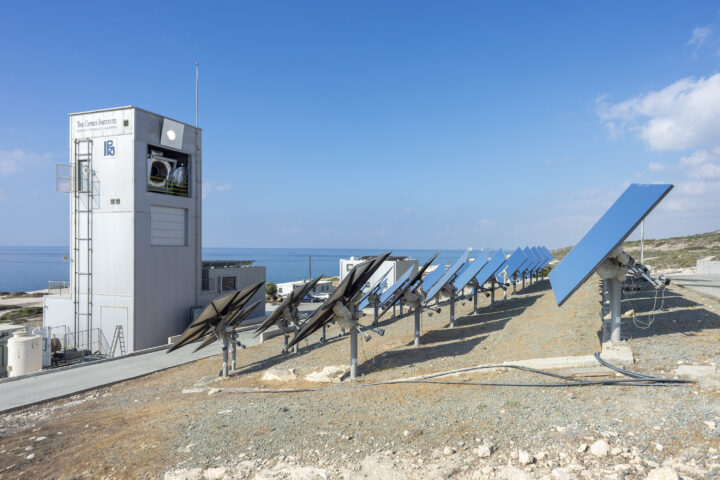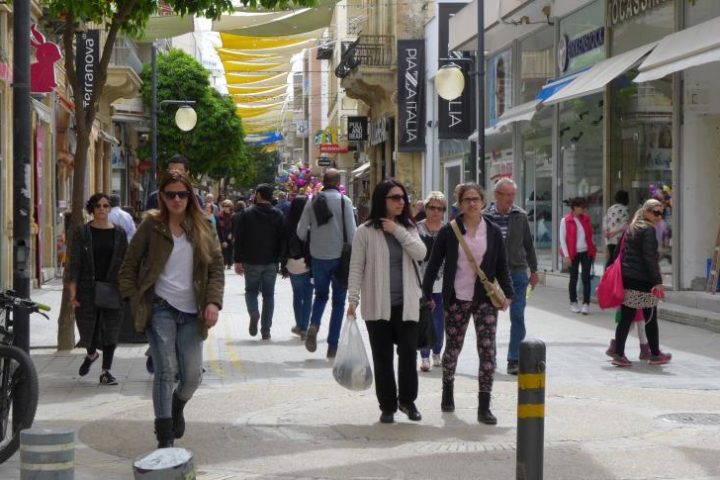NASA has chosen the Cyprus Space Exploration Organisation (CSEO) to be among the organisations to simulcast the long-awaited first images from the colossal James Webb Space Telescope (JWST).
The presentation in Cyprus is on Tuesday at 5.15 pm, at CSEO Discovery Alpha in Nicosia, with the support of NASA, ESA and the Town Hall.
The biggest premiere the world of astronomy has ever seen is open to the public, who are requested to arrive early as the broadcast will be live.
In statements to CNA, George Danos, President of CSEO, said: “This is a huge moment for space exploration and the wider field of astronomical science.”
He said the first images are expected to provide answers to big existential questions and significantly expand the horizons of discovery and study in the field.
Inclusion of the CSEO among the official partners of NASA and ESA confirms its position as a reliable and respected partner.
The former head of ESA exploration missions to the Solar System, Marcelo Corradini, said that the trust shown by these major organisations proves that CSEO’s activities are globally recognised and respected.
“Cyprus may be small in size, but its potential in space exploration is immense.” he underlined.
Those who want to enjoy these impressive images in K-Cineplex cinemas will screen them before selected films.
And it’s not just stars appearing. There are galaxies, a planet too, and what promises to be the deepest view back in time that humanity has ever been able to achieve.
On Tuesday, the first images from the $10 bln JWST will be shared with the world.
Only a handful of the thousands of scientists and engineers working on the project have seen them.
In a teaser ahead of the main release, NASA, the European and Canadian Space Agencies, which collaborated on the JWST, published a list of the five places in the universe that have been imaged by the telescope first.
The locations are not exactly household names, but they have been carefully picked to showcase the capabilities of the new infrared telescope and its enormous 6.5-metre gold-plated mirror.
First is the Carina Nebula, a 50-light-year-wide cloud of dust and stars 1000 light-years from earth.
It’s one of the most striking objects in our galaxy.
But it’s also important for understanding how we came to exist.
The colossal cloud of dust and gas is one of the most active star-forming regions discovered.
It’s likely our solar system formed in a place just like it.










